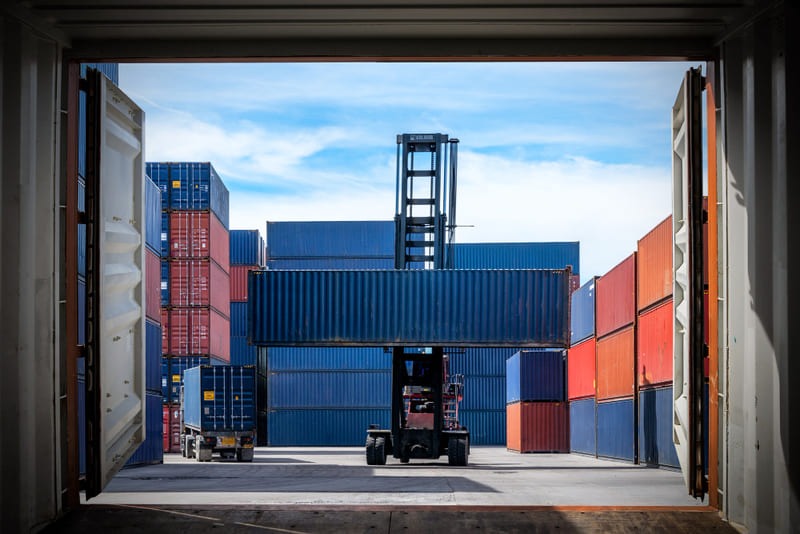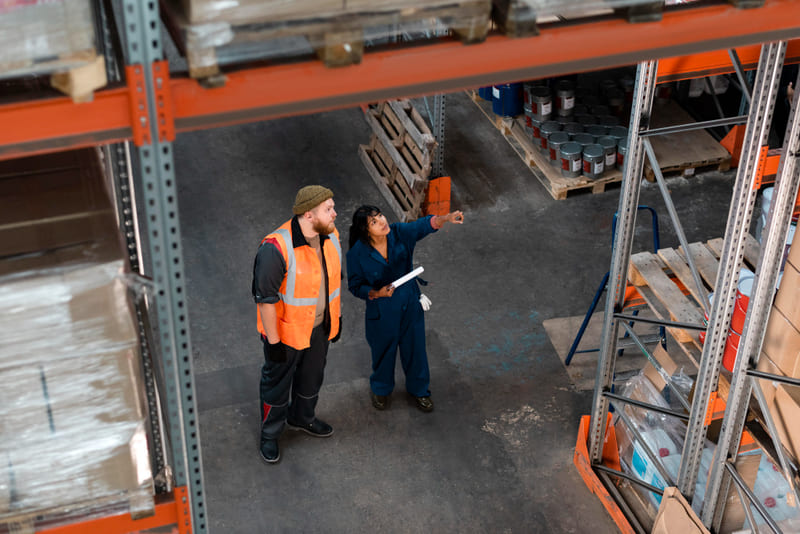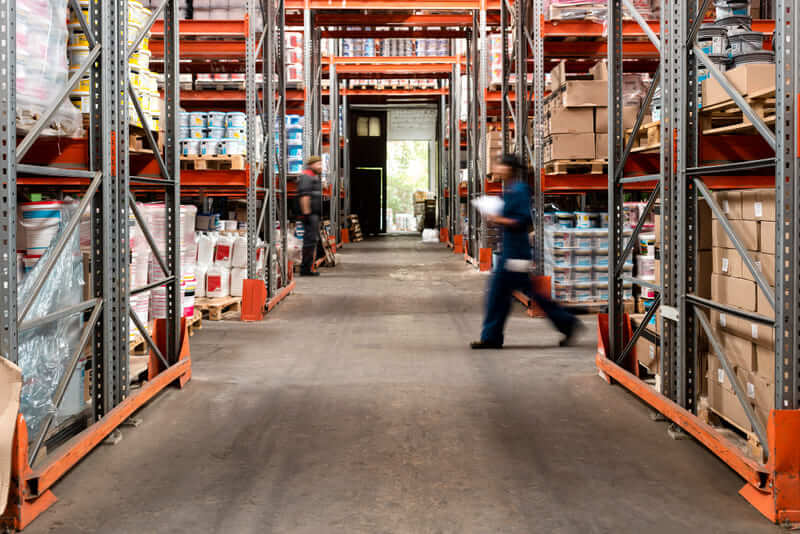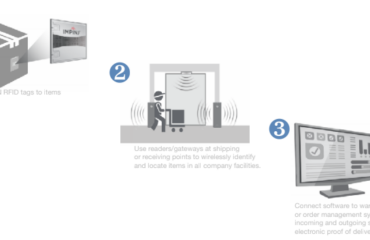
Traceability can be defined as the documentation or collection of data on a certain product or merchandise and the route it takes until it reaches the customer.
There are several types of traceability, although today we are going to focus on two: internal traceability and external traceability. Each of them has its own uses, tools and customized levels.
But first, from Kyubi System we want to talk about the importance of traceability, especially due to the massive exchange of goods globally.
The importance of traceability
The information about the procedure that takes place from the moment the product arrives to the warehouse until it completes its cycle and is sent to its destination or final customer can be infinite and difficult to manage if you don’t have the technology, tools, and the right knowledge to control it.
That is why RFID technology and data collection through RFID solutions is essential to ensure a simple, fast, and quality traceability, in which all items are identified, as well as all the changes they undergo until their final collection.
Now it is time to understand the two most popular types of traceability:

Internal traceability
This concerns the entire product’s journey. From the raw materials themselves to its transformation. In other words, internal traceability refers to the entire process that takes place within the production line, before the product or batch is delivered. The passage through each point along the route is automatically captured by RFID reading.
This type of traceability includes the documentation or storage of product data itself.
Having an internal traceability system is essential. RFID technology helps control the stock on hand, to know exactly where each item comes from (especially relevant for perishable products) or to know where a certain product is at all times.
To achieve correct internal traceability, each product must be uniquely identified. RFID technology provides accurate readings and avoids human error.
External traceability
On the other hand, this type of traceability adds the data already contained in the product (due to internal traceability) to the data generated when the product leaves the warehouse and goes to its receiver. In this case, RFID reading can be applied to the vehicles transporting the products if they are the company owned. Otherwise, this technology is not applicable until they arrive at their destination.
It is also feasible to use other technologies such as BLE, GPS, LoraWan, etc. to capture data such as position, traceability, temperature, etc. and transmit it to our platform.
In this way, it is possible to find out exactly where an order you have just sent is, what its condition is and even its storage temperature.
Everything necessary for the product to reach its destination in the best conditions and on time.
Traceability and the end consumer
The concept of traceability does not only affect suppliers or distributors; it also affects the end customer. More and more consumers themselves have the need to know everything about the product they buy. From whom manufactures it to where it is located (in the case of internet purchases). Therefore, traceability applied in a functional way provides an added value to be considered.

Traceability and RFID: main advantages
The traceability of a product, therefore, involves the possibility of identifying the origin and the stages of a production and distribution process. Consequently, it consists of monitoring and tracking the production process through processing, storage and finally distribution. In other words, it concerns everything from the purchase of raw materials to sales.
All this makes it possible to know precisely where a certain product is located. This has many advantages, such as:
- Reducing production or storage errors.
- Complying with current regulations on the distribution and manufacture of products.
- Improve inventory accuracy.
- Removing products that have expired from the market.
- Prevent product or label counterfeiting.
- Improve the distribution chain.
- Facilitate the work of the different professionals involved in the process.
How does traceability using RFID tags work?
RFID technology identifies and tracks the product that contains a tag. This tag is the one that assigns an identity to the product and the one that allows linking the information related to suppliers, batches, expiry dates, etc…
When one of these tags is near an RFID card reader, it transmits the stored data, and it is then that the same data can be managed by an ERP.
This whole process requires very little use of personnel, and it is possible to read several tags at the same time. What does this achieve? Improve the production chain, reduce production time and, best of all, increase the profitability of the company.
The resulting information is not only useful for the manufacturer or distributor but also for suppliers or vendors who will see how each product is correctly identified, improving the overall production chain.
The demand for RFID technology for traceability continues to boom. It is important that if you decide to install this type of technology in your company you do not choose just any professional.
We have years of experience in the implementation of various projects and, therefore, we have managed to position ourselves at the top of professionals who offer an effective, efficient, fast, and easy to use technology.



